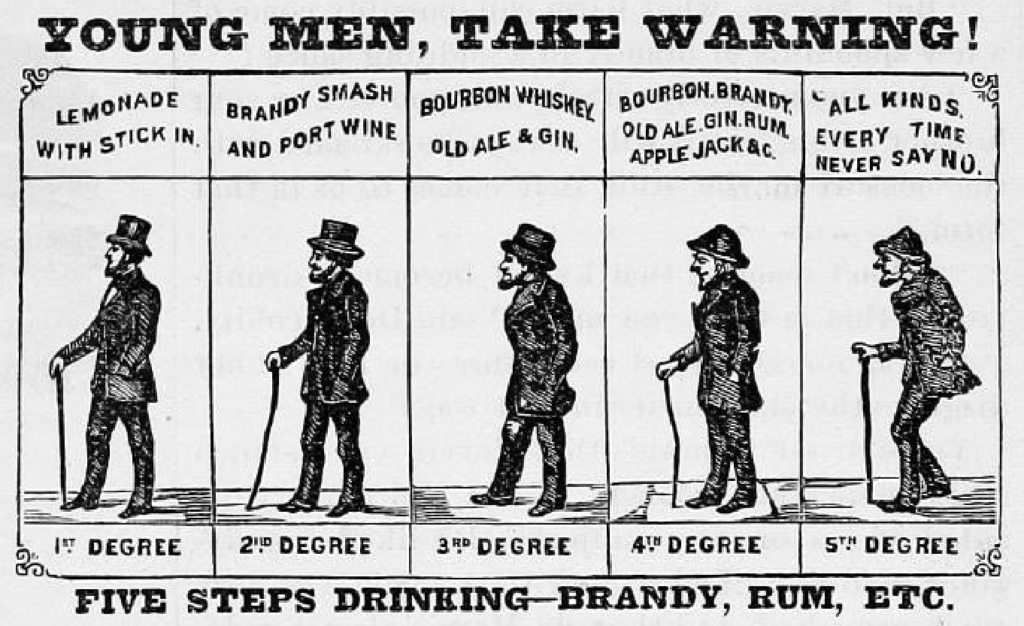Talks with Bertie: How the Apples Grow
By “Aunt Julia”[1]
Annotations by Kristina Bowers

I have ever so many nephews and nieces all over the country, but they cannot all come and see me as Bertie does. I hear his “tap, tap” at my door, and he comes bounding in with something to tell me or some question to ask. Pretty soon he is up in my lap, with his arms around my neck, and “Now, auntie, tell me a story.”
And it must be a true story, too. Indeed, I never tell him any other. There are far more wonderful things that are true than any that people can make up out of their heads.
“Well, Bertie, what shall it be?”
Bertie thinks. “Oh! tell me how the apples grow.”
“Very well. Do you see that tree out there in the garden?”
“Yes, auntie.”
“You see there are no leaves on it now; but in the spring-time, when the frost goes away, and the sun shines all the long day, and the warm rains fall, by and by the buds begin to swell, and then they open, and the little green leaves come out, and the blossoms open pink and white and sweet all over the tree. And right in the middle of the pink and white blossoms the little apples begin to grow, not larger than a pea. Pretty soon the pink and white leaves fall to the ground, but the little apples stay on the tree; and the sun shines and the rains fall, and the apples grow larger and larger, till they are as big as Bertie’s thumb. Then they grow on till they are as big as Bertie’s fist, and by and by they are as big as auntie’s fist. Then they turn all red and yellow[1], and striped and sweet and juicy.”
“And will they be good to eat then?”
“Yes, they will be good for us all to eat; and Henry shall take a basket and go up into the tree.”
“On a tall, high ladder?”
“Yes, on a high ladder, and he will pick the apples and bring them down, and Molly will wipe them clean and put them on the dinner-table, and we will all have them to eat—papa and mamma and Bertie, and all the rest. God made them just right for us to eat, and they will do us good. God is very good to give us so many good things to eat.”
“And then what else do we do with the apples, auntie?”
“Oh! we make them into sauce and pies and puddings, and a great many good things.”
“And what else?”
“Oh! you tell.”
“Why, they make them into cider.”
“Who told you that?”
“Jimmie Barton. And he said they drink it[2], and that it is real good. How do they make cider, auntie?”
They put the nice good apples into a big machine[3], and they crush them all to pieces, and then they squeeze out the juice, and they throw away the good apple or give it to the hogs. The juice they put into a big barrel, and let it stand till it gets all rotten and poison, and it makes people sick that drink it, and sometimes it makes them crazy too. It is horrid bad stuff. I think it is wicked to waste the nice rich apples that are so good for us in that way—spoil them so that they are not fit for anybody.”
“Don’t you drink cider, auntie?”
“No, Bertie; I never drink cider. I don’t wish to be poisoned. I would rather have the nice apples just as God made them to grow for us. Wouldn’t you, Bertie?”
“Yes, auntie, I would. I don’t want any cider. Oh! there’s mamma,” and away he goes; but to-morrow he will come back and ask to hear more about cider.
Anonymous. “Talks with Bertie: 1. How the Apples Grow.” Youth’s Temperance Banner. 11, No. 1 (January 1876): 2-3.
[1] Aunt Julia appears to be a pen name or a character who “authors” the Talks with Bertie series.
[2] It was common for children to drink diluted version of cider from colonial times through the 19th century.
[3] A cider press is the name of the machine Aunt Julia is describing.
Contexts
The Youth’s Temperance Banner was a periodical aimed at adolescents discouraging the consumption of alcohol and other harmful substances. It was published by the National Temperance Society and Publication House, a semi-religious society founded in 1865 aimed at promoting temperance, or abstinence from drinking alcohol. [1]
Cider, specifically, was popular in colonial America up until the 1800s due to poor water quality and the ability to preserve large apple harvests through fermentation. The Industrial Revolution, the rise in beer consumption in urban areas, and the temperance movement all contributed to the decline of cider’s popularity in the 19th century. [2]
Resources for Further Study
- National Apple Museum.
- “History of Cider” from Washington State University.
- “Guide to the National Temperance Society and Publication House Records” from the Presbyterian Historical Society.
Contemporary Connections
Nancy Reagan’s “Just Say No” campaign, D.A.R.E (Drug Abuse Resistance Education), and various campaigns to prevent underage drinking are all modern examples of the temperance movement. These organizations and community strategies aim to prevent children and teenagers from engaging with drugs and alcohol.